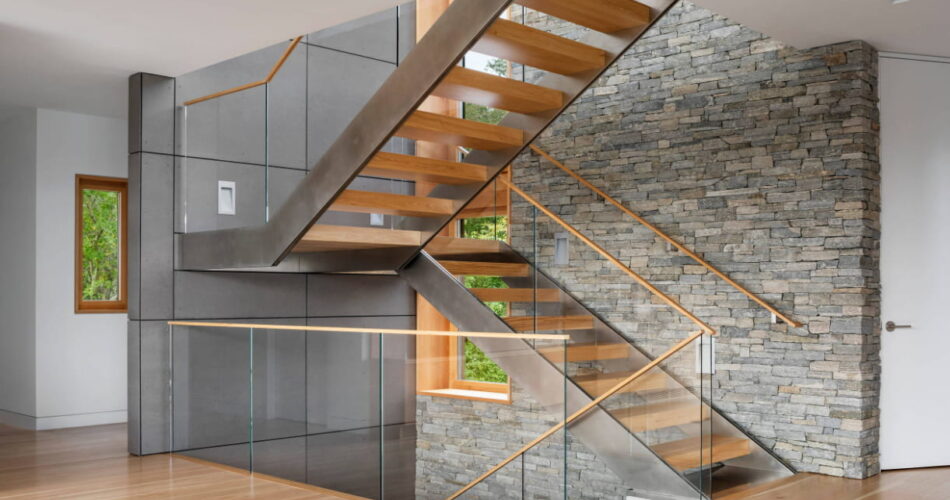Glass railings https://artlookglass.com/, now a staple in modern architectural design, have a rich history that traces the evolution of architecture itself. From early uses in luxury settings to widespread application in contemporary design, glass railings have undergone significant transformation. This article explores the historical journey of glass railings in architecture.
Early Beginnings: Luxury and Exclusivity
Glass in Ancient Times
The use of glass in architecture dates back to ancient civilizations like Egypt and Rome, but it was a luxury material, limited to affluent settings due to its cost and the complexity of its production.
Glass Railings as a Symbol of Wealth
In early architectural history, glass was often used in small, decorative elements. Full-scale glass railings were rare and seen as a symbol of wealth and luxury, adorning palaces and mansions of the elite.
Industrial Revolution: Democratizing Glass
Advancements in Glass Production
The Industrial Revolution brought significant advancements in glass production. The development of techniques like plate glass rolling made glass more widely available and affordable.
Introduction in Public and Commercial Architecture
With these advancements, glass began to be used more extensively in public and commercial buildings. Glass railings started appearing in places like hotels, department stores, and theaters, adding a touch of elegance and modernity.
Modernism and the Rise of Minimalism
Glass in Modernist Architecture
The 20th century’s modernist movement, with its emphasis on minimalism and functionality, saw a more pronounced use of glass in architecture. Architects started experimenting with glass as a structural element, including railings.
Popularity in Residential and Commercial Design
Glass railings became popular in residential and commercial designs, praised for their ability to create a sense of openness and fluidity while maintaining safety and functionality.
Technological Advancements: Safety and Diversity
Innovations in Safety and Design
Technological advancements led to the development of tempered and laminated glass, making glass railings much safer and more durable. This increased their applicability in various architectural designs.
Diverse Architectural Applications
Glass railings started being incorporated in a variety of architectural styles, from sleek, contemporary buildings to more traditional structures, thanks to their versatility and the development of different styles like frameless and semi-framed designs.
Contemporary Trends: Sustainability and Smart Technology
Eco-Friendly Trends
In recent years, there has been a push towards sustainable architecture. Glass railings made from recycled materials have become more common, aligning with eco-friendly design principles.
Integration with Smart Technology
The latest trend in glass railing design is the integration of smart technologies, such as electrochromic glass, which can change its opacity and provide control over privacy and lighting.
Conclusion
The history of glass railings in architecture is a reflection of the broader trends in architectural design and technology. From their origins as a symbol of luxury to their role in modern and sustainable architecture, glass railings have evolved to become a versatile and integral component in building design. Their journey mirrors the innovation and adaptability of architecture, highlighting how a single material can continually reinvent itself to suit changing styles, needs, and technologies.
